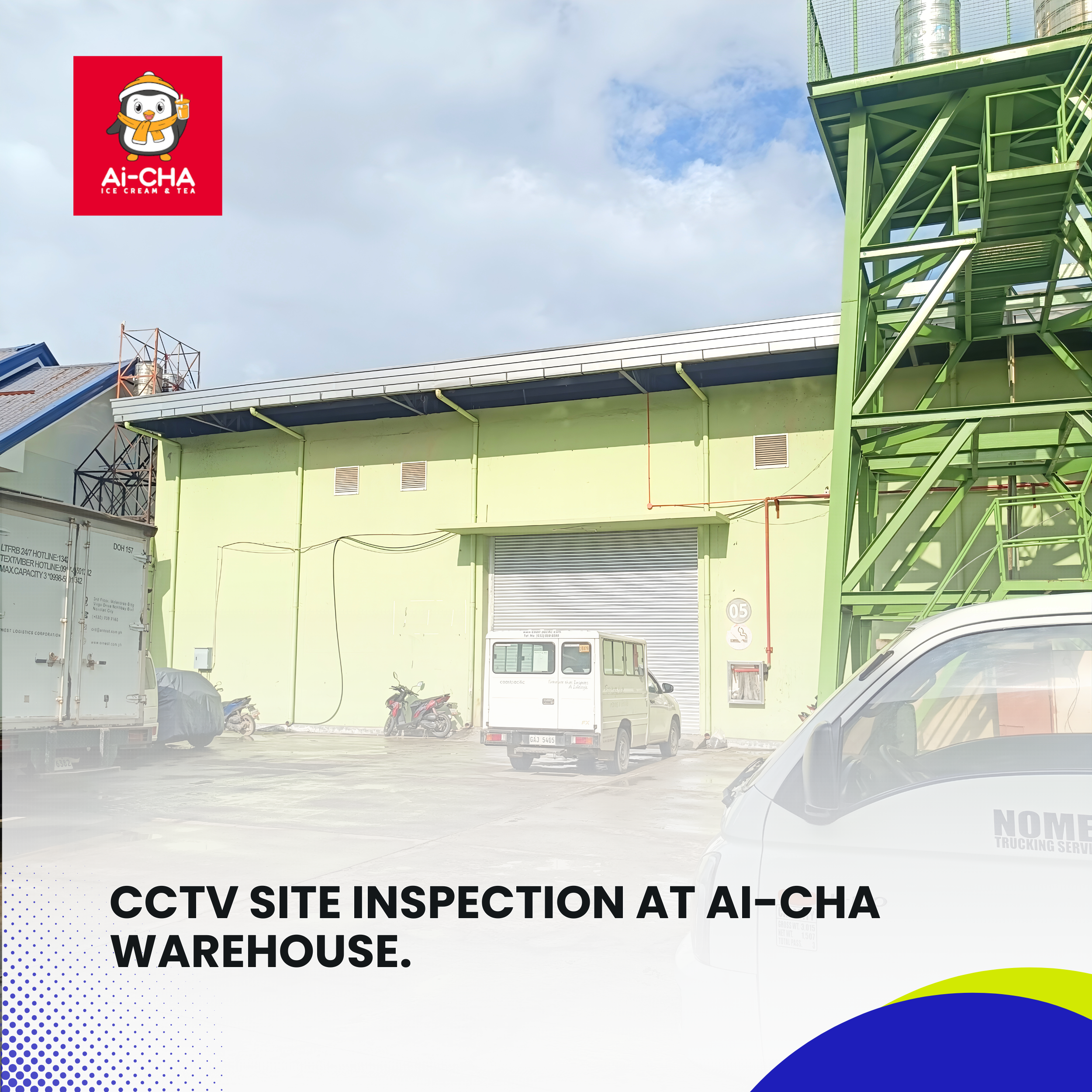Structured Cabling Supply and Installation at Secret Paradise, Palawan — First Progress Update. Introduction The Intercom System Installation Project officially began its first major phase with the start of piping implementation on …
Structured Cabling Benefits and Top Reasons for Slow Internet.

Introduction
In today’s interconnected digital age, the backbone of any high-performing network—whether at home, in an office, or within an enterprise environment—is its cabling infrastructure. While most users think of internet speeds in terms of Wi-Fi signals or broadband providers, they often overlook the silent hero working behind the scenes: structured cabling. Investing in proper network cabling is not just a matter of keeping your devices connected; it’s a crucial step toward ensuring reliable data transmission, preventing downtime, optimizing network performance, and future-proofing your system. At the same time, it’s equally important to understand what causes internet slowness—whether it’s aging cables, interference, or poor network layout.
This article delves into why structured cabling is important, what makes your internet slow, and how implementing the right cabling system can transform your digital experience.
Informational Video.
What is Structured Cabling?
Structured cabling refers to a standardized infrastructure that supports multiple hardware uses and systems in a building. Rather than installing messy, device-specific wiring, structured cabling systems are organized, modular, and built according to specific standards like ANSI/TIA-568, ensuring a neat, scalable, and high-performance network.
The system includes several standardized components:
Entrance Facilities – where external service providers connect to your internal network.
Equipment Rooms – central locations for equipment like servers or routers.
Backbone Cabling – cables that connect different parts of the network.
Horizontal Cabling – cables that run from telecommunications rooms to work areas.
Telecommunications Rooms – intermediate connection points.
Work Area Components – outlets, cables, and connectors that link to end-user devices.
When done right, structured cabling becomes a powerful tool that eliminates chaos, boosts performance, and makes your network easier to manage and upgrade over time.
Why Structured Cabling is Important?
1. Reliability and Consistent Data Transmission.
One of the main reasons for choosing structured cabling is the unmatched reliability it brings. Unlike haphazardly installed cables, a structured system is engineered for optimal signal transmission. It minimizes interference and degradation, which means your data reaches its destination without disruption.
In environments where high-speed and uninterrupted connectivity are vital—like hospitals, call centers, financial institutions, or digital studios—structured cabling ensures that operations run smoothly without worrying about sudden drop-offs or corrupt data packets.
2. Reduces Downtime.
Unstructured cabling often results in tangled wires, misplaced connections, and maintenance confusion. This disorganization makes troubleshooting difficult and time-consuming. With structured cabling, each connection follows a planned path, allowing network engineers to pinpoint and resolve issues quickly.
This reduction in downtime translates to increased productivity and minimized losses, especially for businesses that rely heavily on constant internet access and internal communication.
3. Improved Network Performance and Speed.
Your internet speed is only as good as the cables it travels through. High-quality, category-rated cables like CAT6 or CAT6A support higher data rates and longer transmission distances with less interference. Structured cabling ensures optimal performance, reducing bottlenecks and latency.
Whether you’re streaming high-definition videos, using VoIP for communication, running cloud applications, or transferring large files—structured cabling provides the bandwidth and speed required for today’s data-heavy activities.
4. Scalability and Flexibility.
As businesses grow or technologies evolve, networks must adapt. Structured cabling offers the scalability required for such growth. Whether you’re expanding to a new floor, integrating new equipment, or upgrading your server, a structured cabling system allows you to do so without ripping out the entire infrastructure.
Adding or relocating endpoints becomes straightforward with pre-defined pathways and modular panels, saving time and cost in the long run.
5. Simplified Management and Maintenance.
A structured cabling system is like a well-organized toolbox—everything has its place. When cables are properly labeled, color-coded, and terminated in patch panels, managing the network becomes a breeze. Technicians can easily identify which cable connects to which device, making it simple to perform maintenance, upgrades, or replacements without affecting other parts of the system.
This organization reduces human error, which is often a leading cause of network failure during maintenance operations.
6. Improved Safety and Security.
Messy, tangled cables pose safety hazards, including tripping risks, overheating, or even fire. Structured cabling eliminates these dangers by neatly routing cables through conduits, trays, or designated paths.
Moreover, centralized cable management simplifies the implementation of security protocols. It allows easier installation of firewalls, access control systems, CCTV, and intrusion detection systems—all vital components of a secure digital environment.
7. Future-Proofing Your Network.
Technology advances at a rapid pace. Structured cabling allows your infrastructure to support future high-speed applications without major overhauls. A well-designed cabling system can last for 10–15 years or more, even as devices and software evolve.
By using higher-grade cables and modular components, you can ensure your network is ready for future standards like 10G Ethernet or increased IoT (Internet of Things) integration.
8. Cost Efficiency Over Time.
While structured cabling may seem like a larger initial investment compared to ad-hoc setups, it proves to be more cost-effective over time. Reduced downtime, fewer maintenance hours, increased speed, and the ability to scale without disruptions all add up to long-term savings.
It’s an investment in reliability, growth, and peace of mind.
What Makes Your Internet Slow?
Understanding what contributes to slow internet speeds can help you troubleshoot issues and make better decisions when upgrading your infrastructure.
1. Outdated or Low-Quality Cables.
If you’re using old or substandard cables like CAT5, your network might be limited to speeds of 100 Mbps. Newer standards like CAT6 or CAT6A can support up to 10 Gbps, drastically improving performance.
Old cables also deteriorate over time, increasing resistance and reducing the efficiency of signal transmission.
2. Poor Installation Practices.
Even with high-quality cables, poor installation can wreck performance. Tight bends, unshielded cables near power lines, improper terminations, and unorganized bundling can introduce crosstalk and signal degradation.
Professional, standards-based installation is key to maximizing performance.
3. Too Many Devices Sharing the Bandwidth.
When too many devices are using the same internet connection, each gets a smaller share of the available bandwidth. In homes or offices where everyone streams, downloads, and uses cloud services simultaneously, performance inevitably suffers.
While this is partly a service provider issue, a well-structured network with proper segmentation and access points can help distribute the load more efficiently.
4. Weak Wi-Fi Coverage or Signal Interference.
Wi-Fi performance depends heavily on signal strength and minimal interference. Thick walls, metal objects, or other electronics can block signals. Additionally, if your Wi-Fi access points are not optimally placed or if you’re using outdated routers, your connection can be slow even if your ISP is providing high speeds.
Structured cabling allows you to install wired access points in strategic locations, ensuring consistent and strong signals across your space.
5. Overloaded Network Switches and Routers.
When your network equipment becomes a bottleneck—due to age, limited processing capacity, or insufficient ports—it slows everything down. This is especially true if everything is connected to a single unmanaged switch without VLAN segmentation.
A structured network design encourages the use of managed switches, organized patch panels, and dedicated uplinks, which distribute traffic more effectively.
6. ISP Bottlenecks and Network Congestion.
Sometimes the issue lies with your service provider. Network congestion during peak hours, shared connections in crowded areas, or subpar backhaul infrastructure can lead to slower speeds.
Structured cabling can’t solve ISP limitations, but it ensures you’re getting the best possible performance internally. Once your infrastructure is optimized, any remaining issues can be confidently attributed to your provider, prompting a more informed upgrade decision.
Structured Cabling as a Smart Investment.
When evaluating the true value of structured cabling, it’s helpful to look beyond the short-term costs and focus on the long-term benefits:
Powering Productivity – A reliable network enables uninterrupted communication, collaboration, and operations.
Reduced Troubleshooting Time – Organized systems simplify identification and resolution of issues.
Smooth Upgrades – Adding new users, departments, or technologies becomes less daunting.
Seamless Integration – Modern systems like VoIP phones, IP cameras, smart lighting, and biometric access all rely on a well-structured network.
Increased Property Value – A professionally cabled building offers future tenants or buyers a competitive edge.
Ultimately, structured cabling isn’t just a technical necessity; it’s a business strategy. It allows you to stay ahead of your digital demands rather than constantly reacting to them.
Conclusion
Structured cabling is the unsung foundation of high-performing digital environments. It brings order to chaos, enhances reliability, boosts speed, improves security, and prepares your network for the future. On the flip side, internet slowness is often a symptom of neglected cabling, outdated components, or poor planning.
In a nutshell, investing in proper network cabling is a smart, forward-thinking decision. It doesn’t just keep you connected—it makes you productive, scalable, and ready for whatever the future holds. Whether you’re building a home office, upgrading your business network, or planning a new facility, don’t overlook the importance of what’s behind the walls. A strong, structured cabling system is the quiet workhorse that powers your digital world.
Case Studies
Starlink and Access Point Site Inspection at Tubod Flowing Water Resort. Introduction. In an increasingly connected world, internet connectivity plays a vital role in both business operations and guest experience. Recognizing the …
CCTV Site Inspection at Ai-CHA Warehouse. Introduction. In today’s business environment, security is a top priority—especially for facilities that store valuable goods and equipment. To enhance the safety and monitoring capabilities of …


